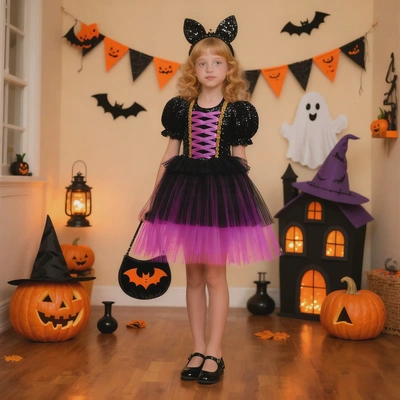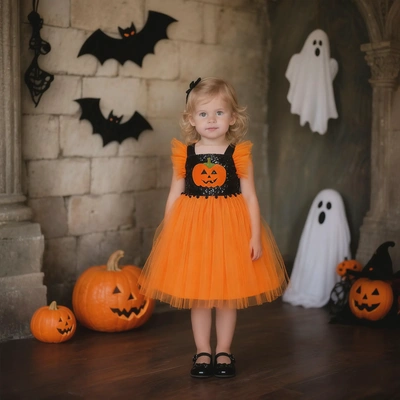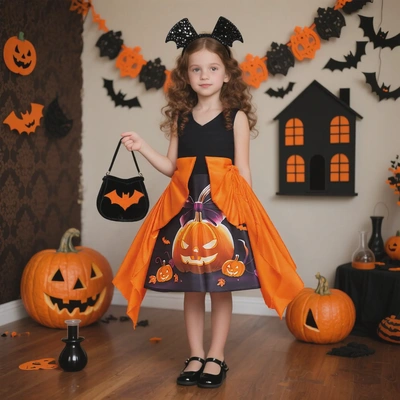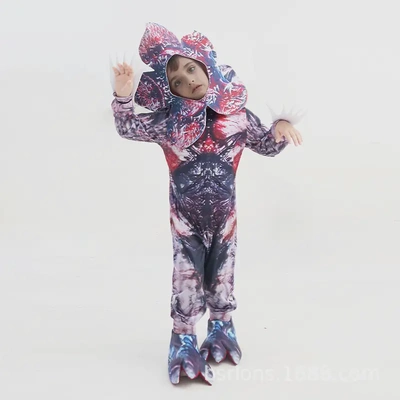The Science of Layering: How to Keep Kids Comfortable in Halloween Costumes?
As Halloween approaches, many parents face a chilling dilemma: how to let their child enjoy their perfect costume without shivering in the cold? That thin princess dress or sleek superhero suit might look amazing, but it's no match for a crisp October evening. With over twenty years in the costume industry, I've perfected the art of invisible insulation. Your child doesn't have to choose between their dream costume and staying warm. This guide will reveal professional strategies to keep your little one toasty and comfortable all night long.
Keeping your child warm isn't about burying their costume under a bulky winter coat. It's about smart layering and strategic accessorizing. Discover the three-layer system used by professionals, learn which base layers work best under costumes, and find clever accessory solutions that maintain both the look and the warmth.
Let's transform that chilly costume into a cozy, weather-appropriate outfit. Follow these proven steps to ensure warmth never comes at the expense of style.
Table of Contents
The Three-Layer System: What's the Secret to Flexible Warmth?
Base Layer Secrets: What Should Go Under the Costume?
Strategic Accessories: How Can Gloves and Hats Preserve Body Heat?
Costume Modifications: What Quick Fixes Boost Warmth?
Conclusion: Your Complete Warmth Checklist
The Three-Layer System: What's the Secret to Flexible Warmth?
The key to comfortable warmth lies in layers, not bulk. This system, borrowed from outdoor experts, allows you to adjust to changing temperatures while maintaining the costume's appearance.
Think in terms of moisture management, insulation, and weather protection for optimal comfort.
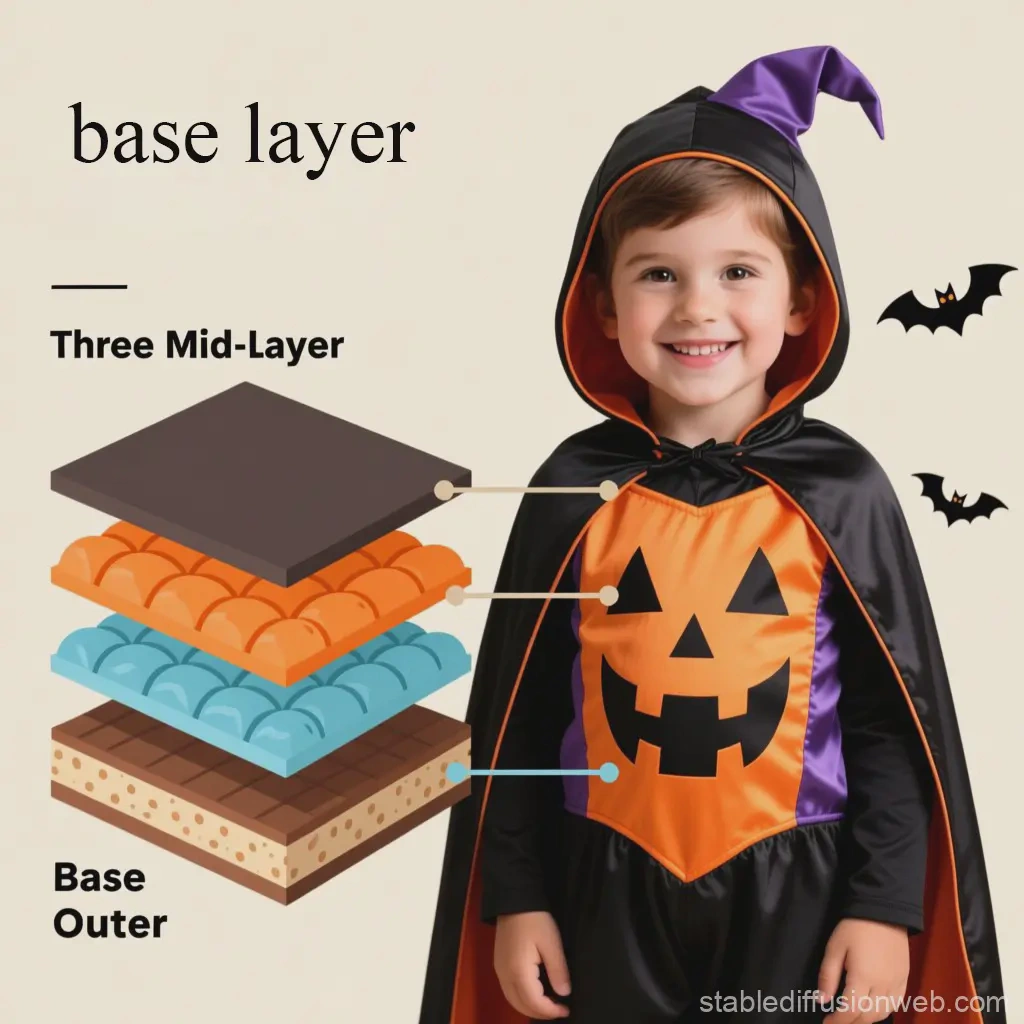
Start with a moisture-wicking base layer to keep skin dry. Add an insulating mid-layer for warmth, and use the costume itself as the weather-resistant shell. This approach allows you to remove layers if your child gets too warm from running between houses, then easily add them back when standing in the cold.
Base Layer Secrets: What Should Go Under the Costume?
The layer closest to the skin makes the biggest difference in comfort and warmth. Choosing the right fabric and fit ensures your child stays warm without feeling restricted.
Avoid cotton, which traps moisture, and opt for technical fabrics designed for active wear.
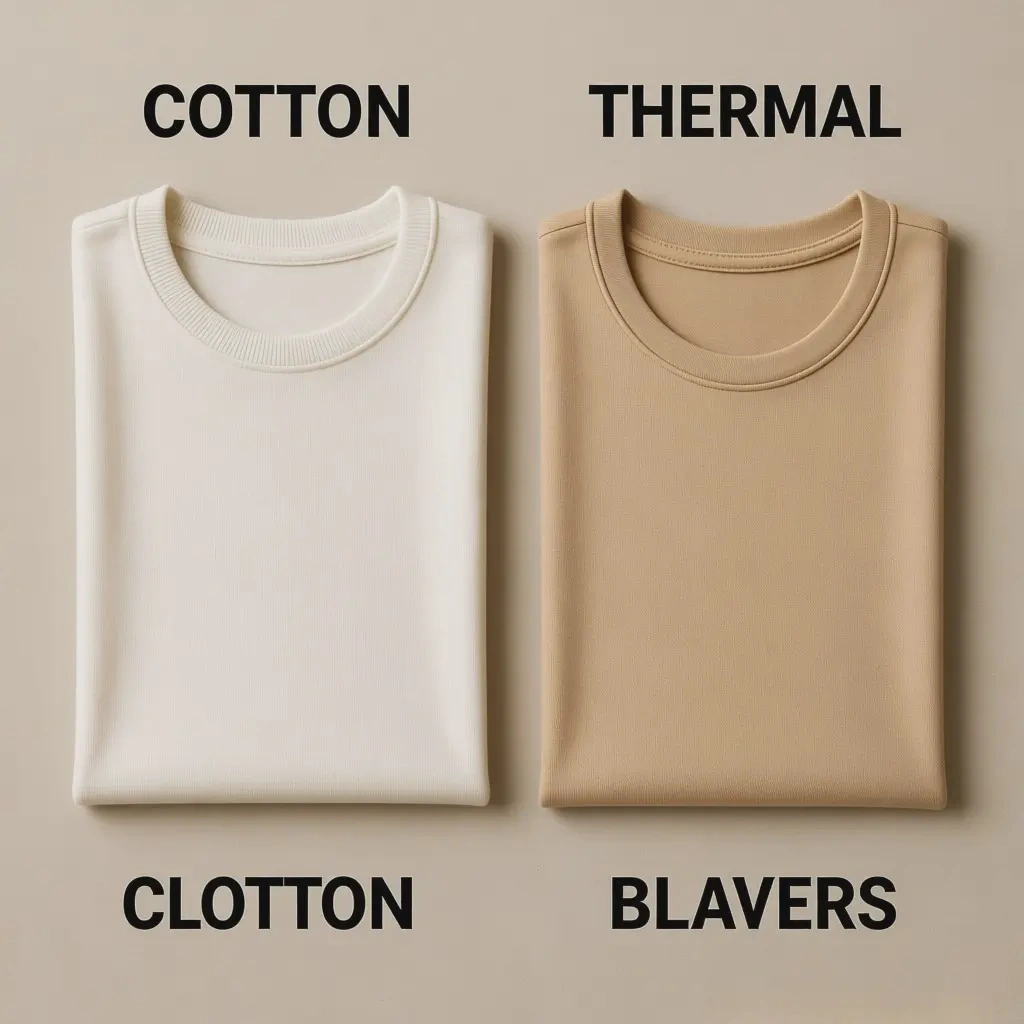
Moisture-wicking materials like polyester or merino wool are ideal because they pull sweat away from the skin. Choose neutral colors that blend with the costume - black or skin-tone base layers disappear under most outfits. For maximum comfort, select seamless designs that won't irritate during hours of wear.
Strategic Accessories: How Can Gloves and Hats Preserve Body Heat?
Accessories serve a dual purpose - they not only complete the costume but also provide crucial warmth. Making the right choices can significantly improve overall comfort.
Focus on covering the head, hands, and feet where body heat escapes most easily.
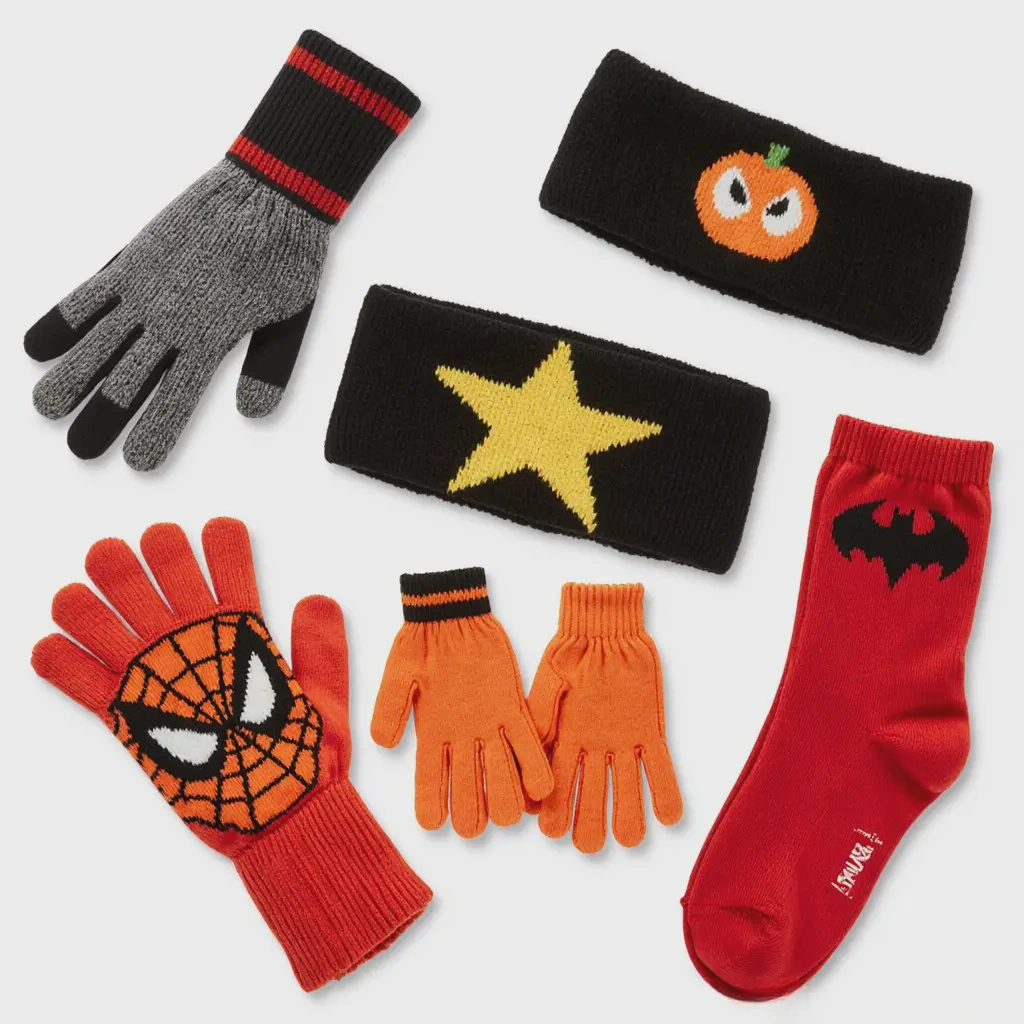
A thin fleece headband under a hat or hood provides ear coverage without adding bulk. Character-appropriate gloves maintain the illusion while keeping fingers warm. For feet, thermal socks paired with comfortable, weather-appropriate shoes ensure warmth without sacrificing mobility. These small additions preserve core body heat while maintaining the costume's integrity.
Costume Modifications: What Quick Fixes Boost Warmth?
Sometimes the costume itself needs minor adjustments to provide adequate warmth. These simple modifications preserve the look while adding significant comfort.
With minimal effort, you can enhance any costume's insulating properties.
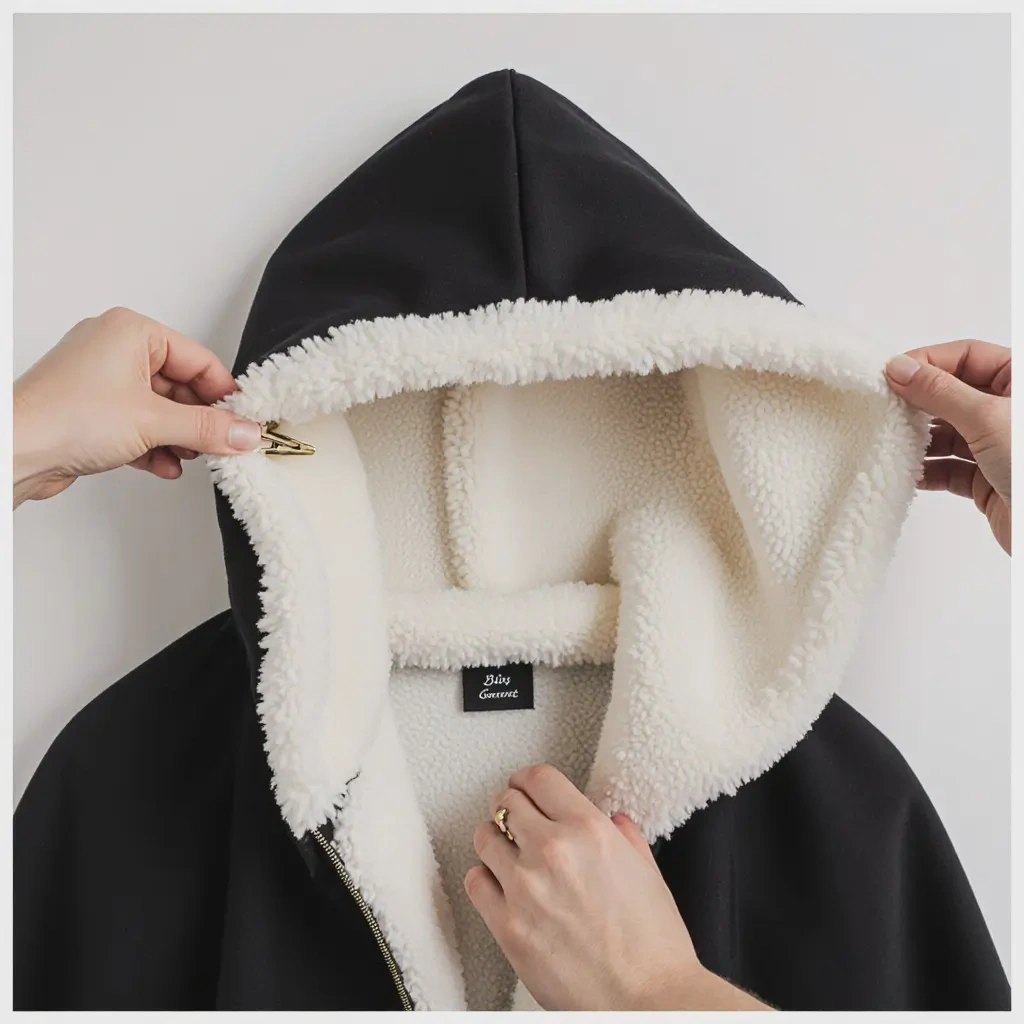
For costumes with capes or loose components, add a fleece lining using safety pins or fabric glue. If the costume allows, incorporate a hood that can be worn over a warm hat. When selecting costumes initially, consider full-coverage options like animal onesies that naturally provide more insulation than short-sleeved alternatives.
With proper planning, your child can enjoy Halloween in complete comfort. The three-layer system, strategic base layers, and thoughtful accessories work together to create a warm, enjoyable experience.
Quick Warmth Checklist:
Moisture-wicking base layer
Insulating mid-layer
Warm accessories (head, hands, feet)
Weather-appropriate footwear
Costume modifications if needed
Remember, a comfortable child is a happy trick-or-treater. These simple strategies ensure the only chills your family experiences this Halloween are the fun, spooky kind.
13. [External Links Recommendation]:
Expert Guide: How to Choose the Perfect and Safe Halloween Costume for Toddlers


